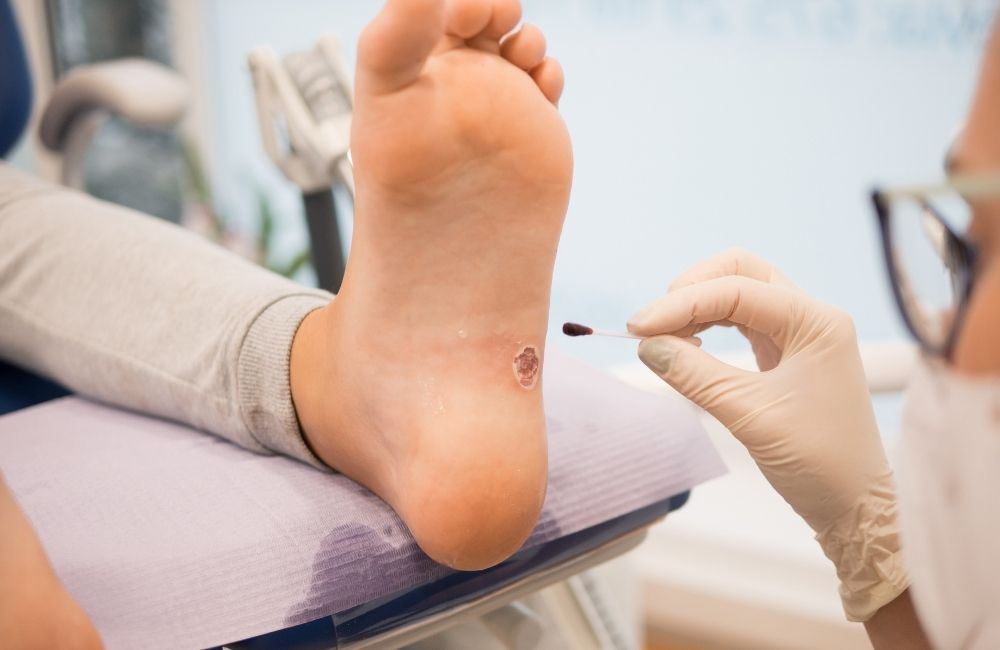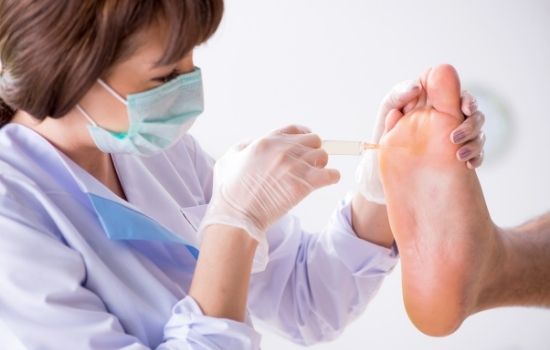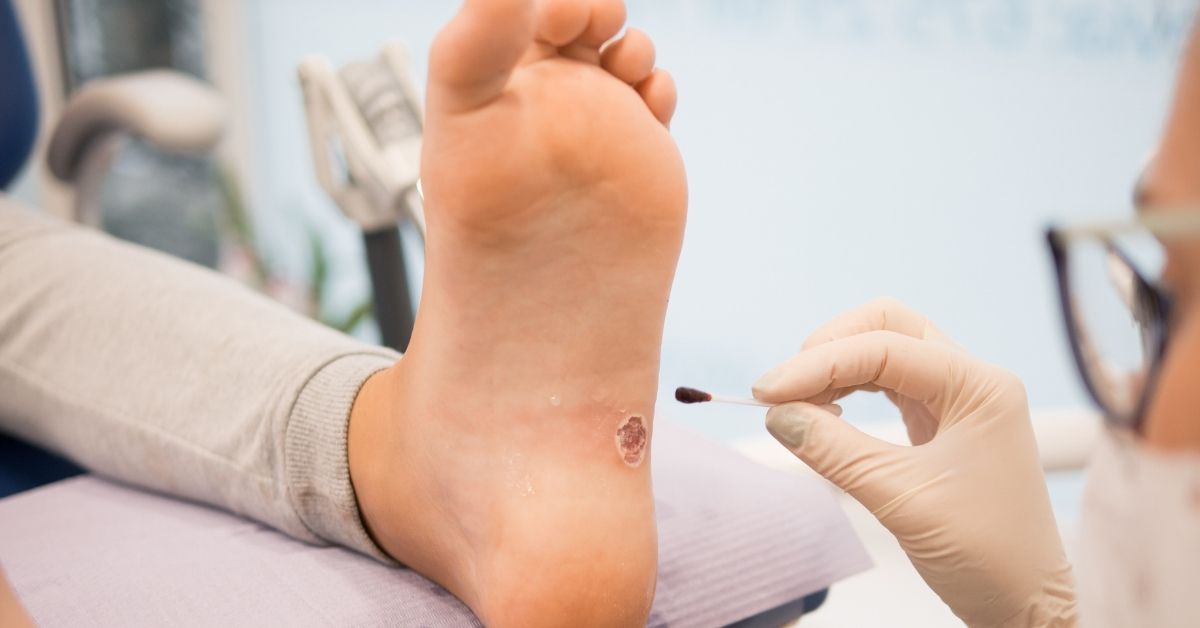So once you’ve got a plantar wart, what can be done about it? Let’s discuss the various plantar wart treatments:
1. Do nothing to the plantar wart
This may seem very counterintuitive, but often a very effective way to clear a wart is to give it some time. Within 2 years, most plantar warts will disappear naturally as your body’s immune system detects and fights off the virus.
Pros
- Easy
- No treatment means no risk of side-effects
- Advised for plantar warts on children which are not causing discomfort
Cons
- Takes up to 2 years
- While waiting, the wart can still cause pain and discomfort
- Risk of the wart spreading to other parts of the body or to other people (e.g. family members, housemates, changing rooms)
- Some warts are stubborn and will not go away without treatment

2. Salicylic acid
One of the common plantar wart treatments is application of salicylic acid. This is an ingredient found in most topical wart treatments available commercially. It works to chemically debride (remove) the infected wart tissue and as a result, trigger an inflammatory immune response. If you see a podiatrist, they are able to safely apply a much stronger formulation than you can buy and apply yourself.
Pros
- Relatively painless treatment when applied correctly. Some people will experience a delayed minor burning or tingling sensation a few hours later
- Weaker formulations are available from the pharmacy without a prescription to allow for self-treatment
Cons
- Can easily damage the surrounding skin (usually when self-applied)
- You will need to keep the wart dressed and dry for 3 days following treatment (no swimming!)
- Can take multiple, weekly, repeat treatments
- The padding adhered to your foot to protect the skin can be uncomfortable and make it harder for your feet to fit into footwear – especially if you have multiple warts on the same foot!

3. Cryotherapy
Another of the common plantar wart treatments is cryotherapy. It is commonly done when presenting to a GP for a wart. Cryotherapy involves applying concentrated liquid nitrogen to apply extreme cold to the wart tissue. Similarly to salicylic acid treatment, cryotherapy treatment will work to destroy the wart tissue and trigger the body’s immune response to the virus..
Pros
- Most GPs have the equipment to perform
- Usually does not require a dressing afterwards
Cons
- Some patients find this treatment quite uncomfortable, while other will report mild discomfort only
- “Home kits” for cryotherapy do not reach cold enough temperatures
- Can damage the surrounding skin
- Often causes blistering

4. Multi-puncture technique
This option is usually considered for stubborn plantar warts. The multi-puncture technique is done under local anaesthesia. It involves using a thin surgical needle to puncture the wart tissue repeatedly. This creates a ‘wound’ for the body to respond to and fight, and pushes the viral particles deep into the tissue where they are more easily detected.
Pros
- Resolves most plantar warts, particularly those which have not responded well to topical treatments
- Only one treatment required
- Good for multiple lesions, by targeting the largest wart
Cons
- Requires local anaesthetic injection around the wart
- Creates a wound which will require dressing
- Possibility of scarring during healing

5. Microwave therapy (SWIFT) plantar wart treatment
SWIFT microwave therapy is a modern plantar wart treatment. It uses a concentrated set of microwaves which penetrate the wart tissue to a controlled depth. These microwaves generate a ‘heat shock’ reaction in the tissue which stimulates the body’s immune and healing responses. With minimal side-effects and aftercare, SWIFT is indicated for all warts either as a first-line treatment or to treat large or stubborn plantar warts.
Pros
- A very effective treatment for even the most stubborn plantar warts – the majority will clear after 3 treatments spaced 1 month apart
- No dressings to keep dry or change, and no aftercare required – you can resume normal activities immediately
- No pain following treatment
- Minimal risk of injury to surrounding tissue
Cons
- Most patients report the treatment to be uncomfortable for the 10 secs (per wart) it is occurring. The pain is similar to the feeling of your skin touching a very hot bath (45°C) but passes immediately when the treatment stops. While uncomfortable, there is no risk of serious tissue damage or scarring.
- You may not see visual changes until the second or third treatment


